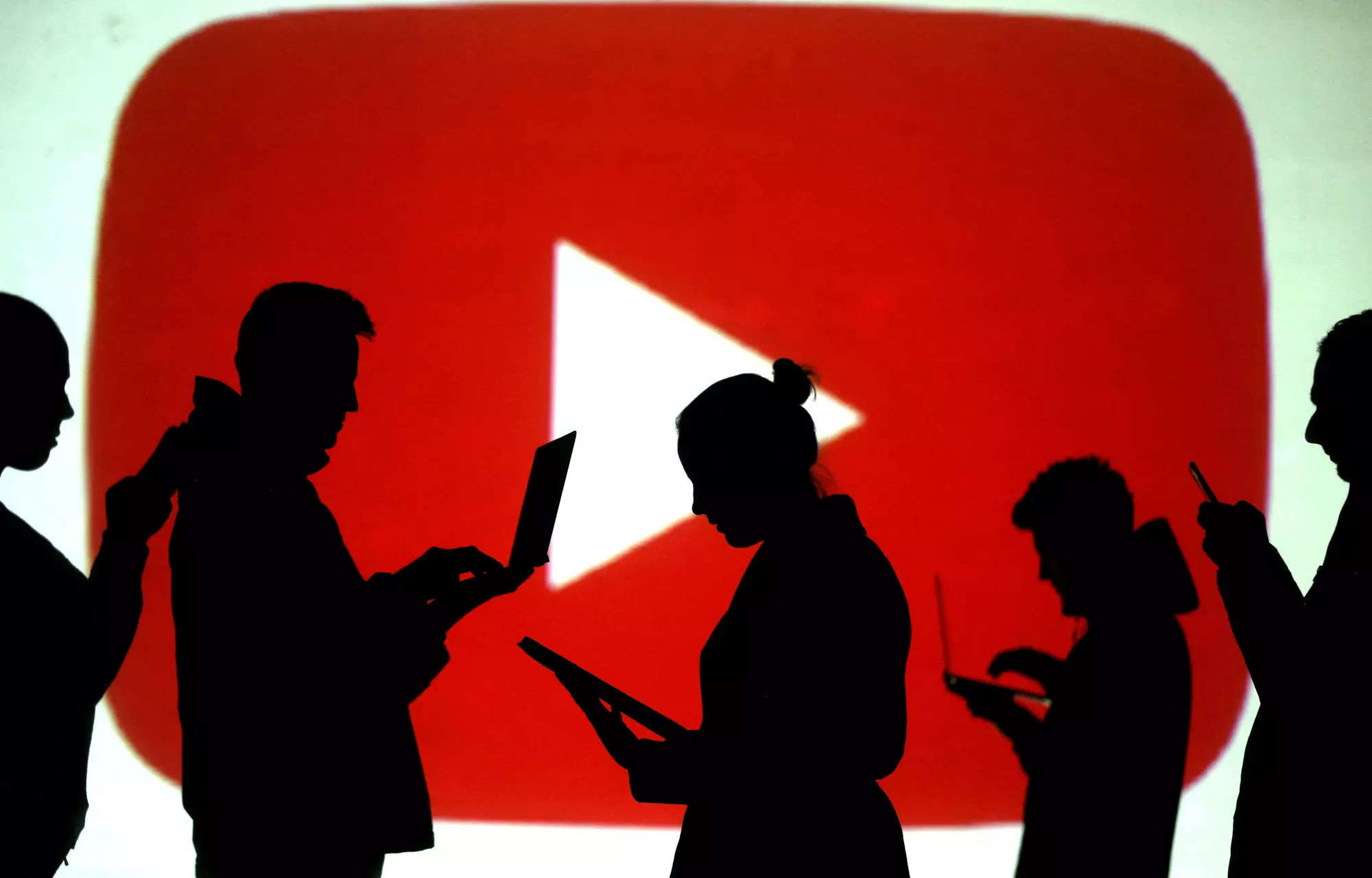YouTube introduces AI-powered dubbing: What is it and how it works – Times of India
YouTube AI dubbing: Availability
In an interview with The Verge, YouTube’s Amjad Hanif stated that YouTube is already testing the tool with “hundreds” of creators. Hanif also mentioned that Aloud currently supports a “few” languages. The tool is expected to get more languages in the coming days. Currently, the Aloud dubbing tool only supports English, Spanish, and Portuguese.
YouTube AI dubbing: How will it work
Aloud’s website describes that before dubbing a video into some other language, this tool first transcribes the video. The tool then shows the transcriptions to the user for them to review and edit. After that, it translates and produces the dubbing for that video. Google’s Aloud team has also shared a video to explain how it works
Aloud: Let’s overcome the language barrier in videos together
How will it help creators
Aloud can be an important tool for creators even with a limited number of languages. This tool can be useful as more creators are enabled to add multi-language dubs to their videos.
In the coming days, YouTube is “working to make translated audio tracks sound like the creator’s voice, with more expression, and lip sync,” Hanif added. The company is reportedly planning to add these features in 2024.
Last month, the company started using Google DeepMind’s AI to generate descriptions for YouTube Shorts. The company used the visual language model, called Flamingo, to make descriptions by analysing the initial frames of a video.
function loadGtagEvents(isGoogleCampaignActive) { if (!isGoogleCampaignActive) { return; } var id = document.getElementById('toi-plus-google-campaign'); if (id) { return; } (function(f, b, e, v, n, t, s) { t = b.createElement(e); t.async = !0; t.defer = !0; t.src = v; t.id = 'toi-plus-google-campaign'; s = b.getElementsByTagName(e)[0]; s.parentNode.insertBefore(t, s); })(f, b, e, 'https://www.googletagmanager.com/gtag/js?id=AW-877820074', n, t, s); };
window.TimesApps = window.TimesApps || {}; var TimesApps = window.TimesApps; TimesApps.toiPlusEvents = function(config) { var isConfigAvailable = "toiplus_site_settings" in f && "isFBCampaignActive" in f.toiplus_site_settings && "isGoogleCampaignActive" in f.toiplus_site_settings; var isPrimeUser = window.isPrime; if (isConfigAvailable && !isPrimeUser) { loadGtagEvents(f.toiplus_site_settings.isGoogleCampaignActive); loadFBEvents(f.toiplus_site_settings.isFBCampaignActive); } else { var JarvisUrl="https://jarvis.indiatimes.com/v1/feeds/toi_plus/site_settings/643526e21443833f0c454615?db_env=published"; window.getFromClient(JarvisUrl, function(config){ if (config) { loadGtagEvents(config?.isGoogleCampaignActive); loadFBEvents(config?.isFBCampaignActive); } }) } }; })( window, document, 'script', );
For all the latest Technology News Click Here


